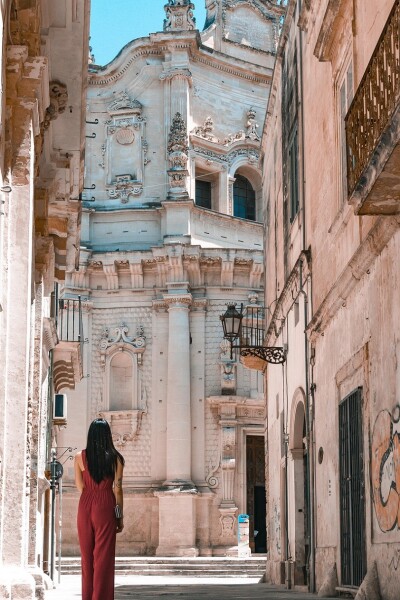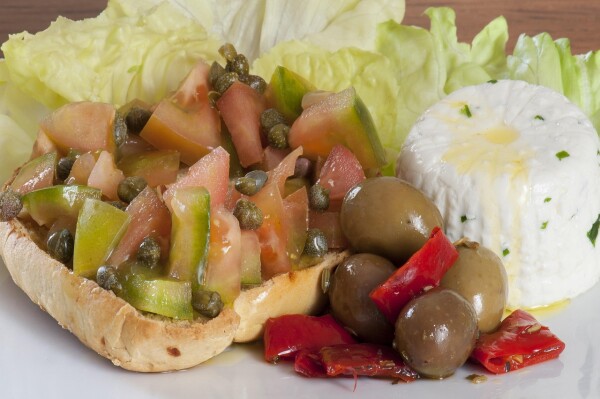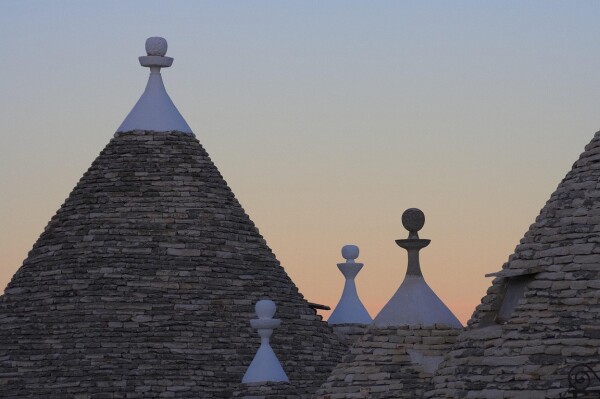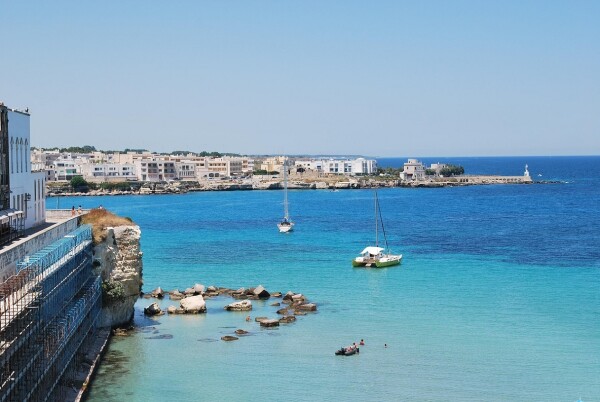Discover the wonderful vacations offered by the Itria Valley, a precious corner of southern Italy
There are areas in southern Italy that need no introduction, and then there is the Itria Valley, which seems to whisper its secrets quietly, among centuries-old olive trees, wheat fields, and whitewashed houses with cone-shaped roofs. It’s a place where everything moves at a different pace: days stretch out, food tastes better, and haste has no place. This area, located in the heart of Puglia, doesn’t often appear in the top tourist rankings, but those who discover it tend to return.
Trulli, vineyards, and villages frozen in time
The first thing that strikes visitors in the Itria Valley is how different the landscape is from the rest of Italy. There are no large monuments or crowded museums. What you find here is authentic rural life, fields that shift color with the seasons, and white villages that seem at peace with the passage of time. And yes, there are the famous trulli — the original and ancient stone houses with conical roofs. Some are still used as ordinary homes, others have been transformed into charming accommodations, ideal for a few restful days. If you’re looking for a quiet place to stay, surrounded by nature without giving up certain comforts, take a look at this selection of Puglia trulli accommodation, a perfect option for exploring the area without losing that local touch that makes every corner special.
Locorotondo, Cisternino, Martina Franca: each village has its own character

Image by Ophelia Cherry from Pixabay
In the Itria Valley, there’s no need to choose just one place: the real beauty lies in moving from village to village, letting yourself go. Locorotondo is small, silent, and tidy, with jasmine-scented alleys and open views of the countryside. Cisternino, by contrast, has a livelier center — perfect for sitting in a square at sunset and watching the village light up slowly. And then there’s Martina Franca, more elegant and stately, with Baroque churches and ancient palaces, where one can sense that wealth and culture have been present for centuries.
Each has its own accent, its own way of cooking, its own way of welcoming visitors. In all of them, you’ll find good food, local wine, and that southern hospitality that needs no translation.
Homestyle food and selected wines

Image by pasqualeschiavoneph from Pixabay
One of the most memorable parts of this trip is the gastronomy. There’s no haute cuisine or elaborate tasting menus here. People eat what the land offers, cooked simply with whatever’s at hand. Dishes like orecchiette con cime di rapa, focaccia barese, or cavatelli with seafood are found both in restaurants and in family homes. And all of them, without exception, taste like home.
And then there are the sweets: pasticciotti, for instance, are a delicious bomb filled with custard, ricotta, or even pistachio. To go with them, Puglia wines rival those of any other region. There are dry, sweet, and sparkling varieties — all infused with the intense flavor of the southern sun.
Beyond Alberobello: trails, hidden beaches, and plans without a map
Although Alberobello is the most famous village for its trulli, the Itria Valley hides many more surprises. Just a few kilometers away, in opposite directions, you can find hidden beaches along the Adriatic coast or rural trails that cross untouched agricultural zones. In summer, small festivals take place in village squares, night markets with music and wine light up the evenings, and local parties — rarely listed online — offer some of the most genuine experiences.
If you enjoy walking, there are trails connecting villages without a single stretch of asphalt. Some have been in use for centuries and pass between dry-stone walls, vineyards, and farms where time seems to have stopped.
When to travel to the Itria Valley?
Although summer sees the most visitors, the Itria Valley is a welcoming area all year round. Spring has a particular charm: green fields, flowers everywhere, and mild temperatures. Autumn, on the other hand, is ideal for those seeking tranquility, good weather, and fresh seasonal produce.
In winter, although some villages grow quieter, you can enjoy the area without tourists, at lower prices, and with a different kind of light — softer, more intimate. If you’re looking to unwind, breathe clean air, and rediscover the small pleasures of daily life, there’s little else you need.
There are places that dazzle with great monuments, and others that wrap around you without you realizing it. The Itria Valley belongs to the latter. It doesn’t shout, it doesn’t sell itself. It simply waits. And when you arrive, it makes you feel like you were taking too long to get there.


















